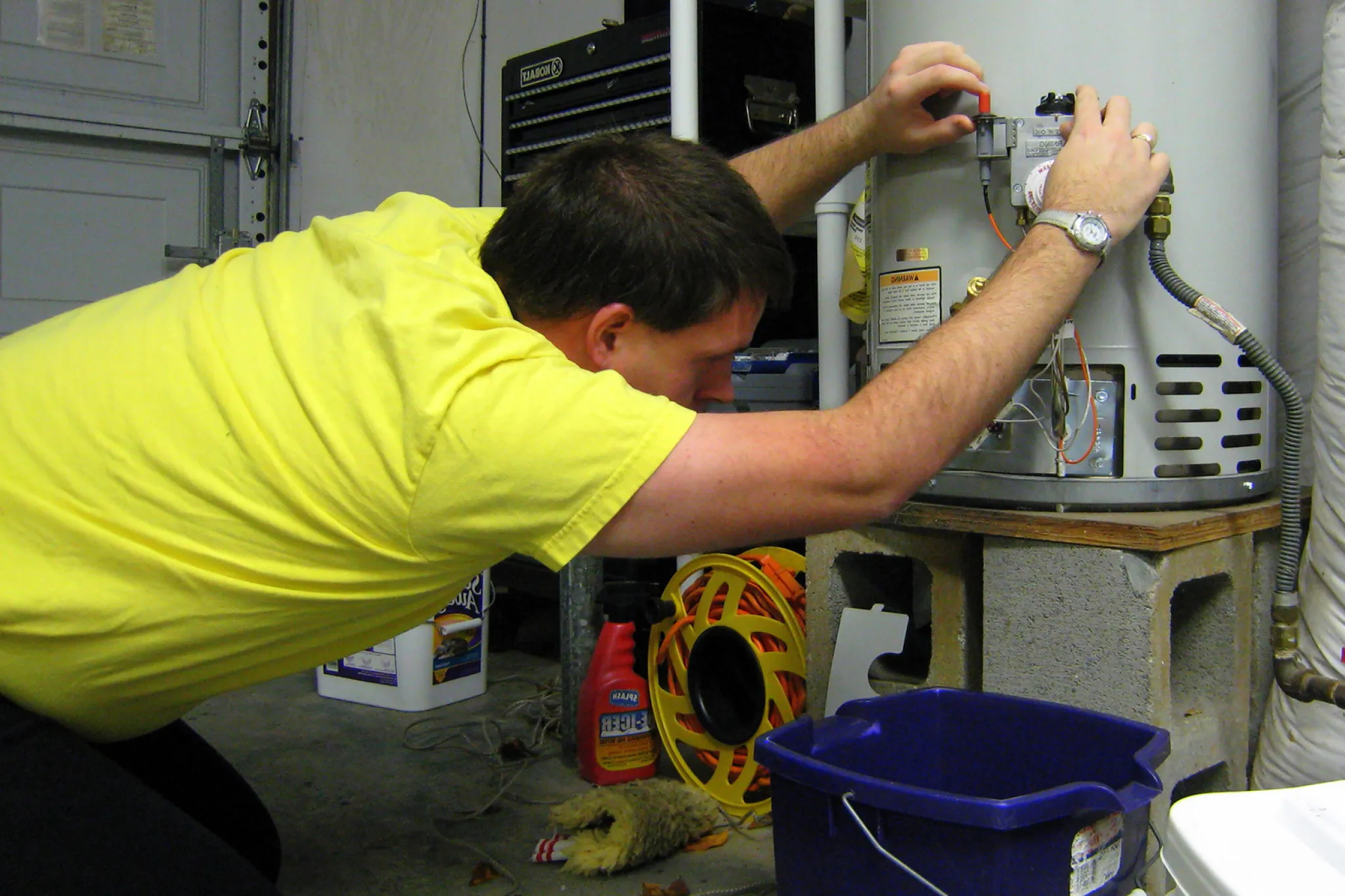Essential Care Tips for Your Home's Hot Water System
Essential Care Tips for Your Home's Hot Water System
Blog Article
Everybody has got their private opinion with regards to How to Maintain Your Water Heater & Prolong its Life.

Hot water is crucial for everyday convenience, whether it's for a revitalizing shower or washing recipes. To guarantee your hot water system runs effectively and lasts longer, normal upkeep is essential. This article supplies sensible tips and understandings on exactly how to keep your home's warm water system to prevent disturbances and costly fixings.
Introduction
Preserving your home's warm water system might appear complicated, but with a few straightforward steps, you can guarantee it runs efficiently for several years to come. This guide covers every little thing from understanding your hot water system to do it yourself upkeep ideas and recognizing when to contact specialist help.
Significance of Keeping Your Warm Water System
Routine maintenance not just expands the lifespan of your hot water system however likewise guarantees it runs effectively. Ignoring upkeep can bring about decreased efficiency, higher energy expenses, and also early failing of the system.
Signs Your Hot Water System Needs Maintenance
Knowing when your hot water system requires attention can avoid significant concerns. Keep an eye out for signs such as inconsistent water temperature, unusual noises from the heating unit, or rustic water.
Flushing the Water Heater
Purging your hot water heater gets rid of sediment buildup, improving efficiency and extending its life.
Monitoring and Changing Anode Rods
Anode rods stop deterioration inside the tank. Inspecting and replacing them when worn out is crucial.
Complex Issues Requiring Expert Aid
Examples include significant leaks, electrical troubles, or if your hot water heater is constantly underperforming.
Regular Professional Upkeep Conveniences
Expert maintenance can consist of complete inspections, tune-ups, and guaranteeing compliance with safety criteria.
Evaluating and Readjusting Temperature Setups
Changing the temperature setups makes sure ideal performance and safety.
DIY Tips for Maintenance
You can execute a number of upkeep tasks on your own to maintain your warm water system in top condition.
Checking for Leakages
On a regular basis evaluate pipelines and links for leaks, as these can result in water damages and higher expenses.
Recognizing Your Warm Water System
Before diving right into upkeep jobs, it's practical to recognize the fundamental parts of your hot water system. Usually, this includes the water heater itself, pipelines, anode poles, and temperature level controls.
Regular Monthly Upkeep Tasks
Routine monthly checks can aid capture minor concerns prior to they escalate.
Testing Stress Relief Valves
Examining the pressure relief valve guarantees it works appropriately and prevents too much stress buildup.
Shielding Pipes
Protecting hot water pipes minimizes warmth loss and can conserve energy.
When to Call a Professional
While DIY maintenance is useful, some concerns call for specialist know-how.
Conclusion
Routine upkeep of your home's warm water system is necessary for efficiency, durability, and price savings. By following these pointers and understanding when to look for professional assistance, you can ensure a trustworthy supply of hot water without unanticipated disruptions.
Water Heater Maintenance Tips
Test the TPR Valve
Shut off the power and the cold-water supply valve. Place a bucket under the pipe connected to the temperature-pressure-release (TPR) valve on the top or side of the tank. (This valve opens if the tank pressure gets too high.) Lift the valve’s tab to let some water out, then let go. If water keeps flowing, drain the tank partway, unscrew the old valve with a pipe wrench, and install a new one. Check the Anode Rod
Put a hose to the tank’s drain cock and let out a few gallons of water. Now fit a 1 1/16-inch socket onto the rod’s hex head on top of the heater (or under its top plate) and unscrew the rod. If it’s less than ½ inch thick or coated with calcium, buy a new one, wrap its threads with Teflon tape, put it back in the tank, and tighten securely. Use this segmented rod if headroom above the tank is limited. Drain the Tank and Wash Out Sediment
Drain the remaining water in the tank into the bucket, then stir up the sediment on the tank’s bottom by briefly opening the cold-water supply valve. Drain and repeat until clean water comes out of the hose. Close the drain cock, refill the tank, and turn its power back on. Adjust the Temperature
Find the temperature dial on the side of the tank and unscrew its cover. Adjust the dial to 120 degrees using a flathead screwdriver. For every 10 degrees the temperature is lowered, you can expect to save up to 5 percent in energy costs. Turn the water heater off or the thermostat down to its lowest setting if you plan to be away from home for more than three days. Insulate the Pipes
Buy some self-sticking 3/8-inch-thick foam pipe insulation that matches the pipes’ diameter. Slide the foam over the hot-and cold-water pipes as far as you can reach. Insulating the cold-water pipe prevents condensation in summer. Peel the tape and squeeze the insulation closed. If the pipe is 6 inches or less from the flue, cover it with 1-inch-thick unfaced fiberglass pipe wrap. https://www.thisoldhouse.com/plumbing/21016402/how-to-maintain-a-water-heater
I came across that page on Tips on Maintaining a Water Heater when exploring the search engines. Do you know about anybody else who is looking into the topic? Please feel free to share it. We truly appreciate reading our article about Tips on Maintaining a Water Heater.
Make An Appointment Report this page